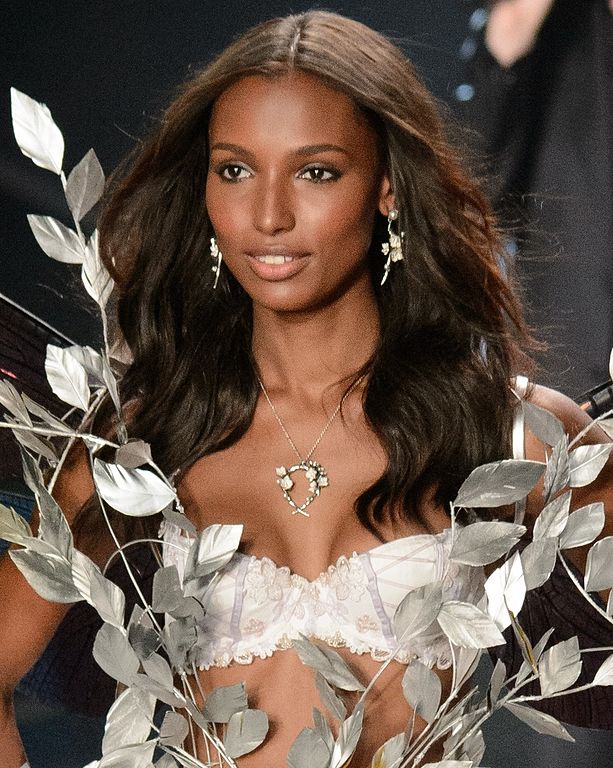After 23 years, the organisers of
Its decline in popularity isn’t exactly surprising. For years,
In last year’s show over half of the models were white, and there was no representation of plus-sized body types. Since then, a number of former ‘Angels’ have spoken out about the intense training and diet regime required to be cast in the show. Former model for the brand, Bridget Malcolm, wrote on her personal blog: ‘I starved myself, so effectively… it was not an honest representation of a woman’. Karlie Kloss, who has recently cut ties with the brand, has claimed she didn’t feel as though its image was ‘truly reflective’ of who she is and the ‘message’ she wants to send to young girls.
Whilst in recent years it has claimed to be more diverse, Victoria’s Secret is still nowhere near representative of women in today’s society. In the UK, the average dress size is a 16: this translates into
In a 2018 interview with Vogue, then-Chief Marketing Director Ed Razek said that he didn’t want the show to feature plus-sized women or transgender women, claiming that the aim of the show was to create a ‘fantasy’. He also stated that nobody was interested in watching a plus-sized version of the show. In the same interview, he argued that Victoria’s Secret has become more diverse, particularly with regards to the ethnicity of its models. However, diversity is not something that can be achieved overnight, nor by casting a few non-white models in its show. He later apologised for his comments.
A more recent challenge for the brand has emerged in the form of Rihanna’s Savage X Fenty brand, which has been designed with inclusivity in mind, offering products from size XS to XXXL. In its recent fashion show, it featured a diverse range of models of all ethnicities and sizes on the runway. This also included former Victoria’s Secret ‘Angels’ such as Bella Hadid, who claimed it was the first-time modelling lingerie that she felt ‘really sexy’. In contrast to Razek’s comments Rhianna said in an interview, also with Vogue, that ‘everyone should feel good wearing lingerie’.
Victoria’s Secret has claimed this step away from a fashion show will allow it to focus more on its products and advertising strategies. Yet, in 2018, the Marketing Director stated in an interview with Vogue that: ‘we’re fashion businesses; we need to be doing fashion shows’. This suggests that it is in fact its decline in viewership which has made it reconsider how relevant the show, as it currently stands, is in today’s society.
Since Razek’s resignation earlier this year, the brand has signed its first openly transgender model. It has also made a move to collaborate with other brands using ‘plus-sized’ model Ali Tate Cutler, who is a size 14. Despite this, these pieces are not sold as part of the Victoria’s Secret brand and still only go up to a size XL. Hopefully, these are the first of many steps forward for the brand as part of a much-needed overhaul if it wants to survive.
Annabel Bowker
Image: Wikimedia Commons.

